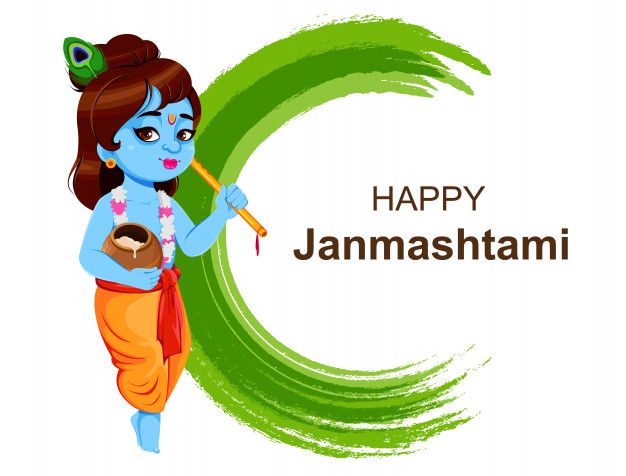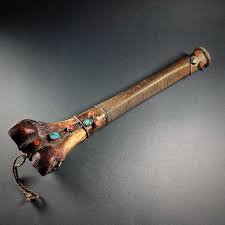Share this Article
In Nepal, the tradition of handcrafted metal utensils holds a significant place in the cultural and culinary practices of the country. These metal utensils are not only functional but also reflect the artistry, skill, and heritage of Nepalese craftsmanship. From traditional cooking to religious rituals, these handcrafted utensils have been used for centuries in homes, temples, and communal gatherings. The materials, techniques, and forms of these utensils are deeply rooted in the natural resources and cultural heritage of the country, and they continue to play an essential role in the everyday lives of Nepali people.
1. The Role of Metal in Nepali Culture
Metalworking in Nepal is an ancient craft that has been passed down through generations. The art of metal crafting is believed to date back over a thousand years, with brass, copper, and bronze being the primary metals used in traditional utensils. These metals have not only practical benefits but are also infused with cultural significance, often being associated with rituals, ceremonies, and even health.
The metals used in Nepali handcrafted utensils are considered to possess healing properties, particularly when it comes to copper and brass. These materials are believed to improve digestion, boost immunity, and promote general well-being. The spiritual and medicinal value of these metals has contributed to their enduring popularity, especially in cooking and serving food.
2. Types of Handcrafted Metal Utensils in Nepal
Nepali kitchens, especially those in rural and traditional households, are often filled with an array of handcrafted metal utensils. These utensils serve a wide variety of purposes, from cooking and serving to religious rituals and social gatherings. Below are some of the most common handcrafted metal utensils used in Nepali kitchens:
2.1 Kansar (Brass Utensils)
One of the most iconic metal utensils in Nepal is the Kansar, a traditional brass vessel used for cooking and serving food. Brass has long been valued for its durability and aesthetic appeal. Kansar vessels are often used in ceremonial settings such as weddings, festivals, and religious offerings. These utensils are meticulously crafted using casting and forging techniques, with the designs often incorporating intricate patterns and motifs that reflect the artisan's skill.
Brass is also believed to have antibacterial properties, making it a preferred material for food preparation and storage in Nepali homes. The richness of the brass color and its weight make it a prized possession in many Nepali households.
2.2 Tala (Copper Utensils)
Copper utensils, known as Tala, are another common feature in Nepali kitchens. Copper is valued not only for its beauty and elegance but also for its health benefits. It is believed that cooking in copper enhances the taste of food while also providing antioxidant benefits.
Copper is also associated with the concept of purification in many spiritual traditions in Nepal. Copper vessels are frequently used for ritual purposes, particularly in water offerings and prayers. The shiny, reddish surface of copper utensils makes them highly attractive for both functional and decorative uses in Nepali homes.
2.3 Dhee (Bronze Utensils)
Bronze, a combination of copper and tin, is used to make various metal utensils in Nepal. Dhee refers to bronze cooking vessels, including pots, pans, and cooking spoons. These utensils are highly durable and have a smooth, even surface that makes them ideal for cooking. The heat distribution of bronze ensures that food cooks uniformly, which is particularly important in slow-cooked stews and soups.
Bronze utensils are often used for special occasions and festivals, and the metal's soft, golden hue adds a touch of elegance to the dining experience. The historical use of bronze in Nepali culture is significant, as it has been used for making ritual vessels, bells, and statues for centuries.
2.4 Bhaati (Traditional Brass Bowls)
The Bhaati is a small, round brass bowl used primarily for serving food, particularly in communal meals. These bowls are essential in many Nepali households, especially in village settings, where meals are often served in large quantities. The use of the Bhaati in serving food creates a sense of togetherness and shared experience, reflecting Nepal's communal culture.
In addition to their utility, these bowls are intricately decorated with traditional motifs, such as lotus patterns, geometric designs, and floral engravings. The artistry in these bowls demonstrates the artisan’s skill and adds a sense of beauty to even the simplest meals.
2.5 Khal (Mortar and Pestle)
The Khal is a traditional stone mortar and pestle, used for grinding spices, herbs, and grains. In some regions, the pestle is made of metal, often bronze or brass, while the mortar is traditionally made from stone or wood. This tool is essential for preparing Nepali spice mixes like masala and pickles (achar), which form the base of Nepali cuisine.
The Khal is a labor-intensive but crucial tool in food preparation, especially for making pastes, chutneys, and grinding fresh spices. It is used with great reverence in the kitchen, as it connects the chef to the deep-rooted traditions of Nepali cooking.
3. Craftsmanship: The Art of Making Metal Utensils
The creation of these handcrafted metal utensils is a highly skilled process. It involves traditional methods of forging, casting, and engraving, passed down through generations of metal artisans. The process begins with smelting metal, followed by shaping the raw metal into the desired form through casting or hammering.
Artisans use intricate engraving techniques to decorate the surfaces of the utensils, adding elaborate motifs such as floral designs, geometric patterns, and religious symbols. This craftsmanship is not only a demonstration of skill but also an expression of the artisan's cultural identity.
In some regions, families have been involved in metalworking for generations, with each artisan specializing in a specific metal or utensil type. The tools used in this craft are simple but highly effective, consisting of hammers, chisels, and molds, ensuring that the quality of the utensils remains consistent.
4. Cultural and Spiritual Significance
Beyond their practical use in the kitchen, handcrafted metal utensils hold a spiritual significance in Nepali culture. These items are often used in rituals and ceremonies, such as the preparation of offerings to deities or the preparation of food during festivals. The use of metals like copper and brass in cooking is also thought to have spiritual benefits, such as purifying the food and enhancing its energy.
In religious practices, special metal utensils are used in temples and monasteries for offering food to deities and for the preparation of sacred meals. The tradition of using metal utensils in water offerings and food rituals has been practiced for centuries, with each utensil holding a symbolic meaning.
5. Modern Revival and Preservation
While handcrafted metal utensils remain an integral part of traditional Nepali kitchens, their usage has seen a decline in urban areas where modern materials such as stainless steel and non-stick cookware are becoming more popular. However, efforts are being made to preserve this ancient craft and to keep it alive for future generations.
Many artisans are working to create high-quality, handcrafted metal utensils that appeal to modern consumers while maintaining the traditional methods of production. These products are gaining popularity in international markets as people seek unique, sustainable, and ethnically rich kitchenware.
6. Conclusion
Handcrafted metal utensils are much more than tools for cooking in Nepali culture—they are symbols of craftsmanship, tradition, and spirituality. Made with love and care, these utensils serve as a bridge between the past and the present, connecting people to their roots while providing functional tools for daily life. In Nepal, these metal treasures continue to hold a special place in the kitchens of old and new, bringing generations together and preserving the legacy of Nepalese craftsmanship.
Categories:
History & Heritage
,
Lifestyle & Local Life
Tags:
Heritage







